Microgreens are a type of young vegetable that is typically grown from the seeds of herbs, vegetables, and other plants. They are extremely flavorful and packed with nutrients, making them a popular choice for both home gardeners and commercial farmers. Hydroponics is a method of growing plants using nutrient-rich water instead of soil, and it is a great option for growing microgreens due to their small size and fast growth rate. In this article10 microgreens to grow in a hydroponic system, we will explore the top 10 microgreens to grow in a hydroponic system.
- Radish microgreens
- Arugula microgreens
- Cabbage microgreens
- Broccoli microgreens
- Basil microgreens
- Cilantro microgreens
- Kale microgreens
- Pea microgreens
- Mustard microgreens
- Sunflower microgreens
Radish microgreens
Radish microgreens are a spicy and flavorful addition to any dish. They are easy to grow and have a fast germination time, making them a great choice for beginner hydroponic gardeners. Radish microgreens can be grown year-round and are versatile ingredients that can be used in salads, sandwiches, and a garnish.
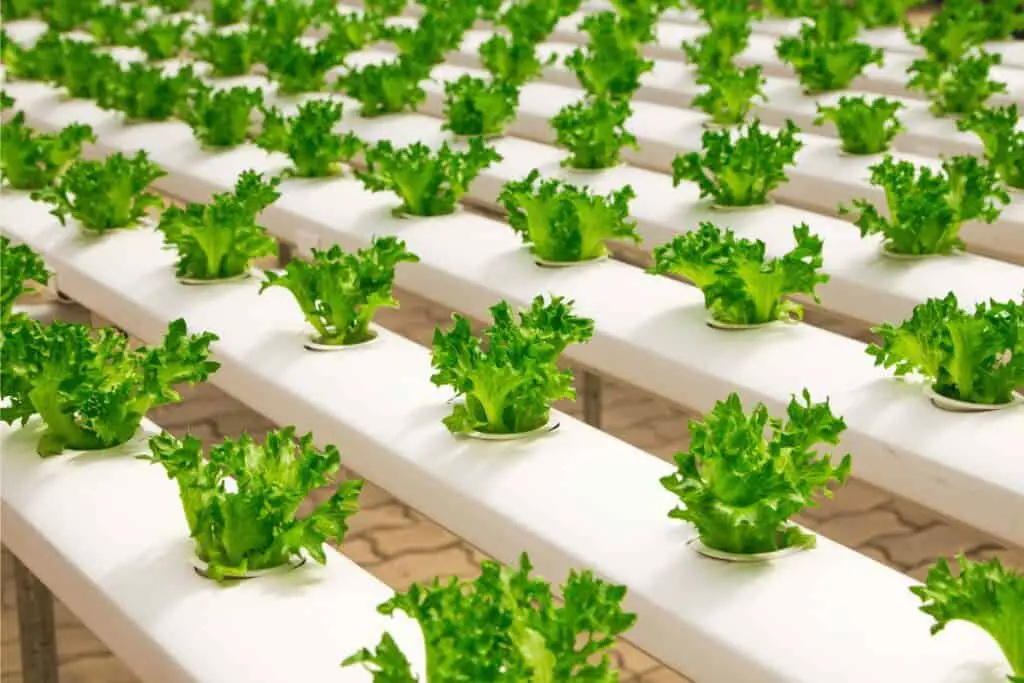
Arugula microgreens
Arugula microgreens have a spicy and slightly bitter flavor that adds depth and character to any dish. They are fast-growing and easy to care for, making them a popular choice for hydroponic gardens. Arugula microgreens can be used in salads, sandwiches, and as a garnish for soups and other dishes.
Cabbage microgreens
Cabbage microgreens are a crisp and refreshing addition to any dish. They have a mild flavor and are a good source of vitamins C and K. Cabbage microgreens are easy to grow and have a fast germination time, making them a great choice for beginner hydroponic gardeners. They can be used in salads, sandwiches, and as a garnish for soups and other dishes.
Broccoli microgreens
Broccoli microgreens are a flavorful and nutritious addition to any dish. They are rich in vitamins C and K and have a slightly spicy and bitter flavor. Broccoli microgreens are easy to grow and have a fast germination time, making them a great choice for hydroponic gardens. They can be used in salads, sandwiches, and as a garnish for soups and other dishes.
Basil microgreens
Basil microgreens are a fragrant and flavorful addition to any dish. They have a sweet and slightly spicy flavor and are a good source of vitamins A and K. Basil microgreens are easy to grow and have a fast germination time, making them a popular choice for hydroponic gardens. They can be used in salads, sandwiches, and as a garnish for soups and other dishes.
Cilantro microgreens
Cilantro microgreens have a fresh and slightly citrusy flavor that adds a burst of flavor to any dish. They are a good source of vitamins C and K and are easy to grow in a hydroponic system. Cilantro microgreens can be used in salads, sandwiches, and as a garnish for soups and other dishes.
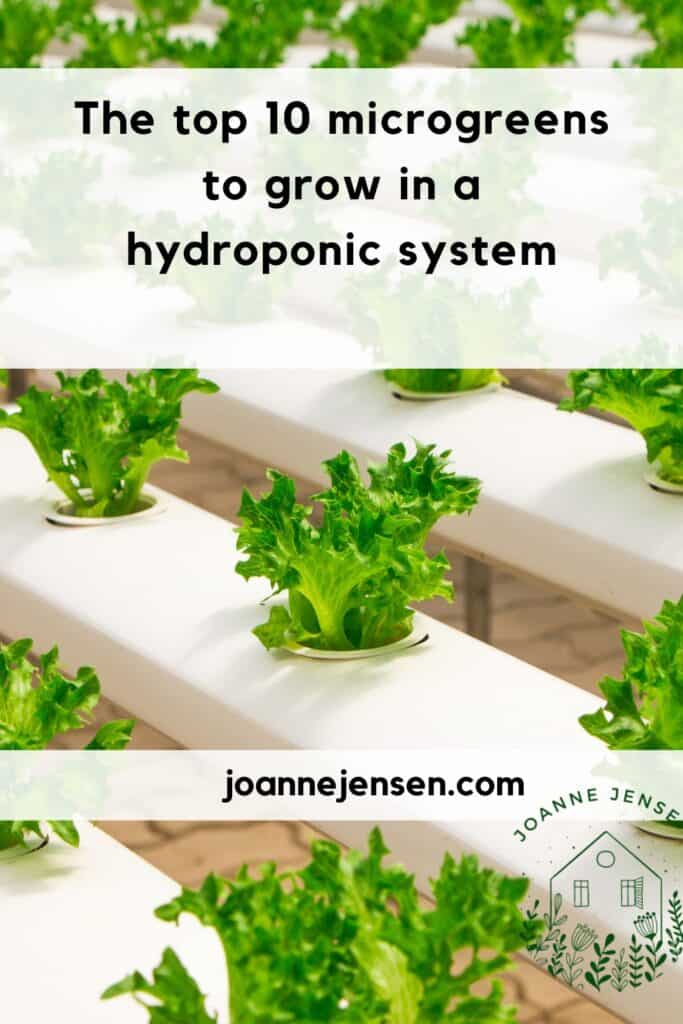
Kale microgreens
Kale microgreens are a nutritious and flavorful addition to any dish. They are a good source of vitamins A, C, and K and have a slightly sweet and slightly bitter flavor. Kale microgreens are easy to grow and have a fast germination time, making them a popular choice for hydroponic gardens. They can be used in salads, sandwiches, and as a garnish for soups and other dishes. Kale microgreens are also a great source of antioxidants, which can help support a healthy immune system and protect the body from oxidative stress. In addition to their nutritional benefits, kale microgreens are also attractive and add a pop of color to any dish.
Pea microgreens
Pea microgreens are a sweet and refreshing addition to any dish. They are a good source of vitamins A and C and have a delicate flavor that is perfect for salads and sandwiches. Pea microgreens are easy to grow and have a fast germination time, making them a popular choice for hydroponic gardens.
Mustard microgreens
Mustard microgreens have a spicy and slightly bitter flavor that adds depth and character to any dish. They are a good source of vitamins A and C and are easy to grow in a hydroponic system. Mustard microgreens can be used in salads, sandwiches, and as a garnish for soups and other dishes.
Sunflower microgreens
Sunflower microgreens are a crunchy and nutritious addition to any dish. They are a good source of vitamins A and E and have a slightly nutty flavor that pairs well with a variety of dishes. Sunflower microgreens are easy to grow and have a fast germination time, making them a popular choice for hydroponic gardens. They can be used in salads, sandwiches, and as a garnish for soups and other dishes.
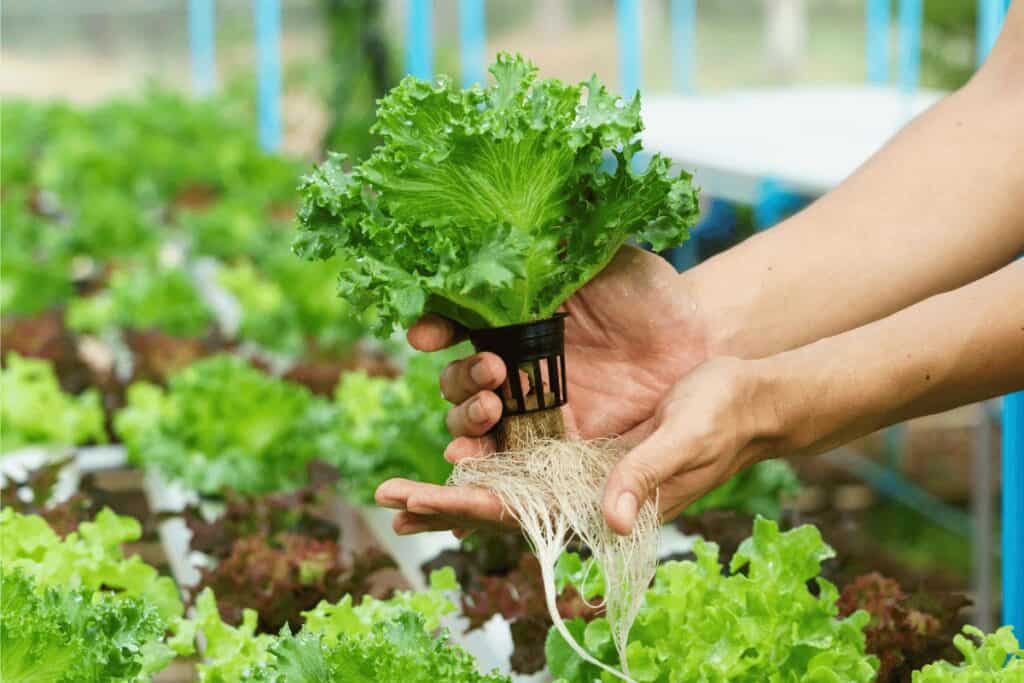
Conclusion
Growing microgreens in a hydroponic system is a fun and rewarding hobby that allows you to enjoy fresh and flavorful greens year-round. Whether you are a beginner or an experienced gardener, there is a microgreen variety that is perfect for you. The top 10 microgreens to grow in a hydroponic system include radish, arugula, cabbage, broccoli, basil, cilantro, kale, pea, mustard, and sunflower. Each of these microgreens is easy to grow, nutrient-rich, and adds a unique flavor and texture to any dish.
FAQ’s
How do I use microgreens in cooking?
Microgreens are versatile ingredients that can be used in a variety of dishes. They can be added to salads, sandwiches, and wraps, used as a garnish for soups and other dishes, or mixed into smoothies and other beverages. Experiment with different microgreen varieties to find the flavors and textures that you enjoy the most.
How do I use microgreens in cooking?
Microgreens are versatile ingredients that can be used in a variety of dishes. They can be added to salads, sandwiches, and wraps, used as a garnish for soups and other dishes, or mixed into smoothies and other beverages. Experiment with different microgreen varieties to find the flavors and textures that you enjoy the most.
A recent post of other authors
https://hydrobuilder.com/learn/growing-hydroponic-microgreens/
Recent Posts
- What Types of Lettuces Can You Grow?

- How to Plant Onion Seeds for Maximum Germination
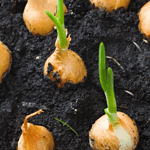
- How to Plant Parsnip Seeds for Maximum Germination

- How to Plant Mushroom Seeds for Maximum Germination
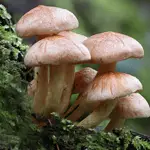
- How to Plant Lettuce Seeds for Maximum Germination
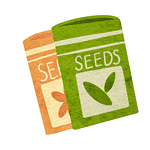
- How to Plant Kale Seeds: A Step-by-Step Guide to Maximum Germination Success!





